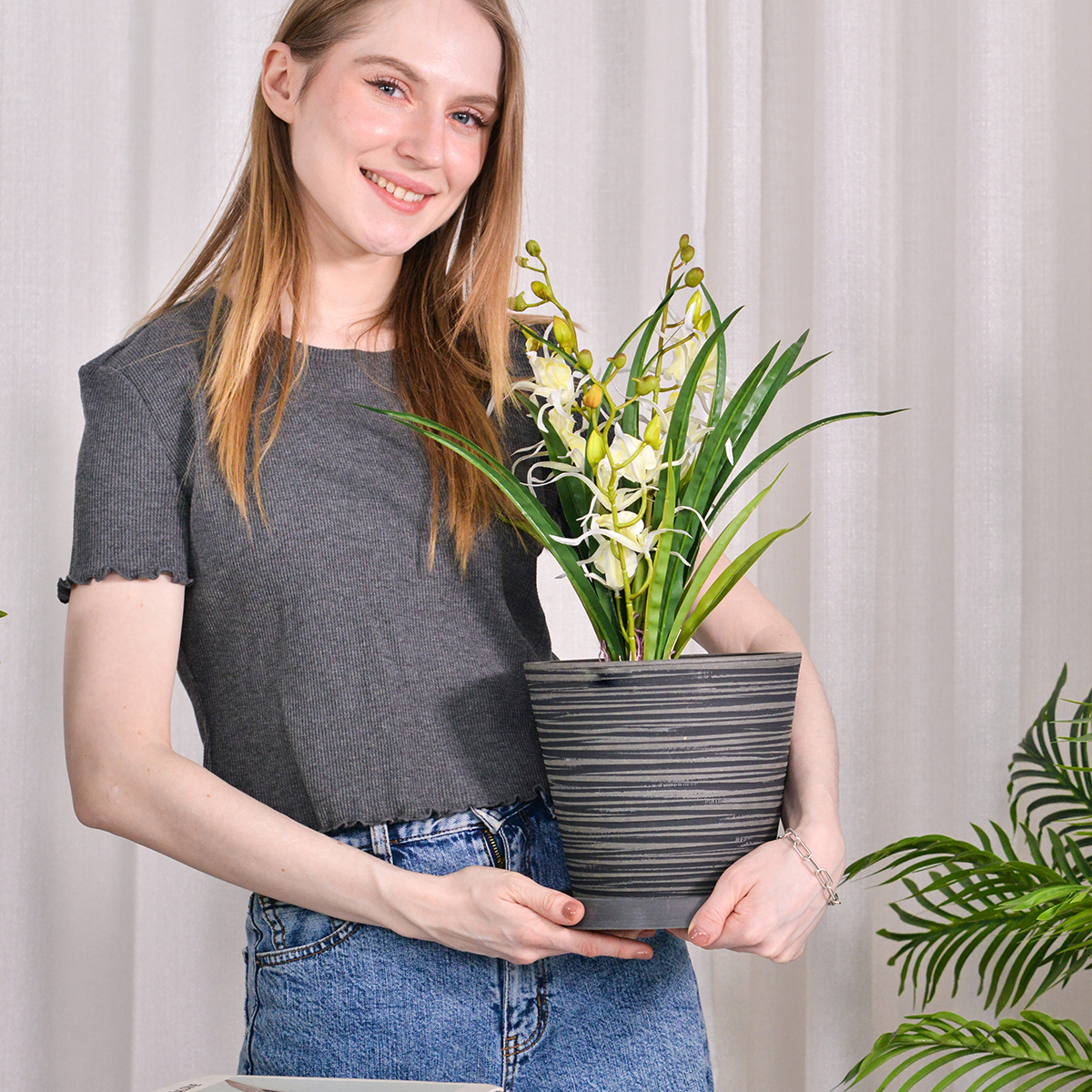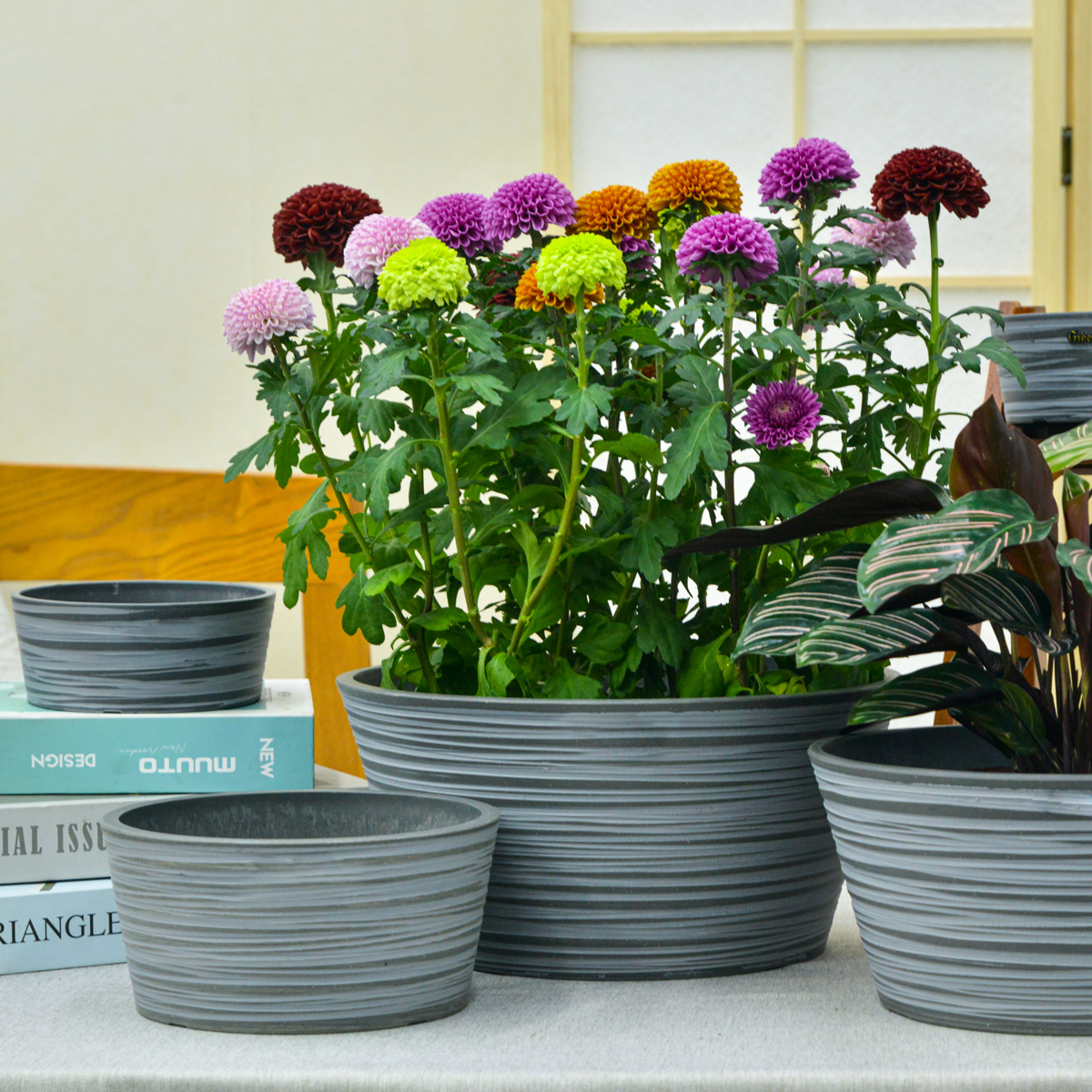Give Your Tomatoes a Head Start: The Power of Bone Meal at Planting Time
Dreaming of juicy, homegrown tomatoes? Getting them off to a strong start is key to a bountiful harvest. The Spanish article highlights a simple trick: adding just a spoonful of a specific powder when planting your tomato seedlings. That secret ingredient is likely bone meal, a natural fertilizer that can significantly boost your tomato plants’ early development. Let’s delve into why bone meal is beneficial and how to use it effectively.
Why Bone Meal is a Tomato-Planting Powerhouse:
Bone meal is a natural, slow-release fertilizer made from ground-up animal bones. It’s particularly rich in phosphorus, a vital nutrient that plays a crucial role in:
- Strong Root Development: Phosphorus is essential for the growth of a robust and extensive root system. Strong roots allow young tomato plants to absorb more water and nutrients from the soil, making them more resilient.
- Early Plant Growth: Adequate phosphorus levels contribute to healthy overall growth and vigor in young tomato plants.
- Flower and Fruit Production: While primarily beneficial in the early stages, phosphorus also plays a role in flower formation and subsequent fruit development.

How to Use Bone Meal When Planting Tomatoes:
Using bone meal when planting your tomato seedlings is easy:
- Dig Your Planting Hole: Prepare your garden bed or container by digging a hole that’s large enough to accommodate the tomato seedling’s root ball.
- Add Bone Meal: Take a tablespoon or two of bone meal (depending on the size of the planting hole and the instructions on your bone meal product).
- Mix it In: Sprinkle the bone meal into the bottom of the planting hole and lightly mix it with the soil. This ensures the phosphorus is readily available to the developing roots.
- Plant Your Tomato Seedling: Carefully place your tomato seedling into the hole, ensuring the top of the root ball is level with the surrounding soil.
- Fill and Water: Fill the rest of the hole with soil, gently firming it around the base of the plant. Water thoroughly to help settle the soil.
Alternative Natural Phosphorus Sources for Tomatoes:
While bone meal is a popular choice, here are some other natural sources of phosphorus you can use when planting tomatoes:
- Rock Phosphate: Another slow-release phosphorus fertilizer derived from natural rock deposits.
- Compost: Well-aged compost contains a variety of nutrients, including phosphorus. Incorporating compost into your planting hole is always beneficial.
- Worm Castings: These are rich in phosphorus and other essential nutrients. Add a handful to the planting hole.
Important Considerations for Using Bone Meal:
- Slow Release: Bone meal releases phosphorus slowly over time, providing a sustained supply to your tomato plants.
- Soil pH: Bone meal works best in slightly acidic to neutral soil. If your soil is very alkaline, the phosphorus in bone meal might not be as readily available to the plants. Consider a soil test to determine your soil’s pH.
- Don’t Overdo It: While beneficial, more isn’t always better. Follow the recommended application rates on your bone meal product.
- Organic Gardening: Bone meal is an excellent choice for organic gardeners looking for a natural phosphorus source.

Beyond Bone Meal: Other Tips for Planting Tomatoes:
- Choose the Right Location: Tomatoes need at least 6-8 hours of direct sunlight per day.
- Prepare the Soil: Amend your garden soil with compost or other organic matter to improve drainage and fertility.
- Plant Deeply: When planting tomato seedlings, bury the stem up to the first set of leaves. This encourages the development of more roots along the buried stem, leading to a stronger plant.
- Water Consistently: Water your tomato plants regularly, especially during dry periods. Water at the base of the plant to avoid wetting the leaves, which can lead to diseases.
- Provide Support: As your tomato plants grow, they will need support from stakes, cages, or trellises to keep the stems from breaking under the weight of the fruit.
Conclusion:
Giving your tomato plants a boost of phosphorus at planting time is a simple yet effective way to ensure strong initial growth and a healthy start to the season. By adding a spoonful of bone meal or another natural phosphorus source to the planting hole, you’ll be setting your tomato plants up for success and increasing your chances of a delicious and abundant harvest. So, grab that bag of bone meal and get ready to grow some fantastic tomatoes!
KC3-14A
By greenship|2024-08-16T06:26:30+00:00August 16, 2024|Categories: Hand-carving Series|
K2-11T
By greenship|2024-08-13T04:21:25+00:00August 13, 2024|Categories: Hand-carving Series|
KC2-11V
By greenship|2024-08-16T05:39:50+00:00August 16, 2024|Categories: Hand-carving Series|
11THD
By greenship|2024-08-13T02:52:20+00:00August 13, 2024|Categories: Hand-carving Series|
Modern Plant Pots with Drainage – Indoor & Outdoor Use (6″ Widths)
By greenship-seo|2025-04-10T06:29:43+00:00February 6, 2025|Categories: Hand-carving Series|Tags: Decorative Flower Pots|
Planter 6 in W / 8 in W / 12 in W Indoor or Outdoor Plants, Modern Decorative Plant Pots with Drainage Hole, Decorative Flower Pots
By greenship-seo|2025-02-06T13:43:53+00:00January 16, 2025|Categories: Hand-carving Series|Tags: Decorative Flower Pots|






